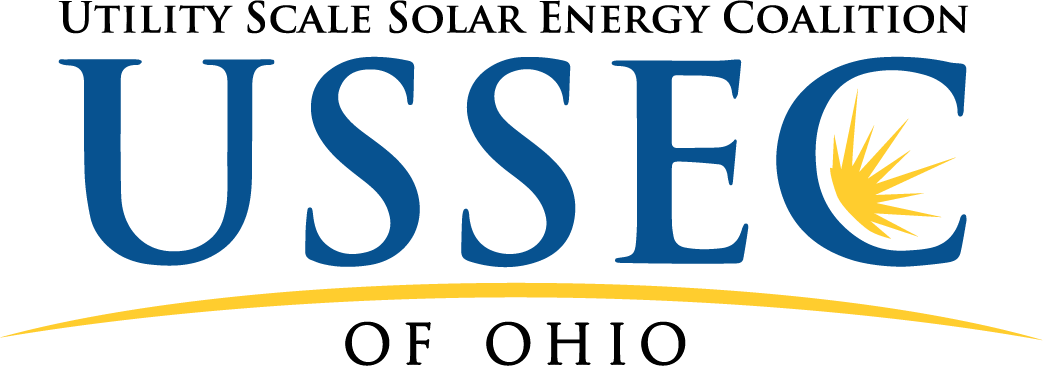Community Benefits of Solar
Transformational Economic Impact & Significant Job Creation for Ohio’s Communities
Over $18 billion in economic impact
Over 54,000 construction jobs
$67 million in tax revenues
Rural areas of Ohio, that have struggled to attract investments, stand to gain the most from utility-scale solar farms. An estimated 54,000 individuals will be needed to construct the anticipated utility-scale solar farms in Ohio. Of those individuals, at least 80%, if not more, will be Ohio residents. These employees and their families live and work in Ohio and their tax dollars support their local communities.
Farmers and Landowners
Long-term solar installation leases are lucrative and bring other steady revenue to landowners and families.
Developers often pay an up-front bonus in addition to annual payments from stable, long-term leases that are usually three to five times greater than the income earned from traditional crops. Commodity prices of crops rise and fall creating uncertainty for farmers. Many Ohio farm families face tough decisions about land use. Future generations may be unable to continue operations because of commodity price fluctuations or “bad years”. Solar leases provide rural families revenue, stability, and confidence to retain ownership for generations to come, allowing farms to remain in the family.
In addition, drain tile and stormwater management are two key factors in the development, construction, and operation of solar farms. Developers are required to quickly repair or replace any drain tile that is damaged during the construction process and work with the Ohio EPA to make sure robust stormwater systems are in place. Proper drainage is critical to every farm, including solar farms, so developers want to make sure it is done well and done right.
The majority of landowners in solar projects are farmers who see solar as a conservation tool and a long-term investment. They care about their land and want to do what is right for their family, business, and community.
Additionally, solar installations are low-maintenance and allow farms to remain farms — free from more permanent development such as dense housing or industrial/commercial complexes and avoid the population growth, noise, traffic and other impact that come with them, including impact to infrastructure, schools, traffic and public services, etc.
PILOT Revenue Flowing Directly to Communities
PILOT agreements benefit communities and create long-term partnerships between developers and local governments
Ohio’s utility-scale solar farms will make substantial and long-term annual payments directly to the communities where they are located under the state’s Payment in Lieu of Taxes (PILOT) program. These are multi-year agreements with fixed annual payments based on the size of the project. The first utility-scale solar farm in Brown County is expected to generate $63 million in payments to the local community over the life of the project.
Solar farms currently underway in Ohio are expected over the next 40 years to generate $2.7 billion in PILOT program money benefiting local communities and their school systems. Health systems, emergency services, libraries and other critical community services also benefit. PILOT funds are especially helpful to economically challenged communities.
These funds result in more local revenue than the taxes that they replace. Solar farms using PILOT agreements must also employ at least 80% Ohio residents, bringing back countless jobs to our state.
PILOT Revenue Flowing Directly to Communities
PILOT agreements benefit communities and create long-term partnerships between developers and local governments
Ohio’s utility-scale solar farms will make substantial and long-term annual payments directly to the communities where they are located under the state’s Payment in Lieu of Taxes (PILOT) program. These are multi-year agreements with fixed annual payments based on the size of the project. The first utility-scale solar farm in Brown County is expected to generate $63 million in payments to the local community over the life of the project.
Solar farms currently underway in Ohio are expected over the next 40 years to generate $2.7 billion in PILOT program money benefiting local communities and their school systems. Health systems, emergency services, libraries and other critical community services also benefit. PILOT funds are especially helpful to economically challenged communities.
These funds result in more local revenue than the taxes that they replace. Solar farms using PILOT agreements must also employ at least 80% Ohio residents, bringing back countless jobs to our state.

